The Best Articles of 2024
By The Editors
The results are in! We've rounded up the most popular articles of 2024. Here's what you, our readers, loved the most.
December 11, 2024
From The Staff
10. Fins Working Together
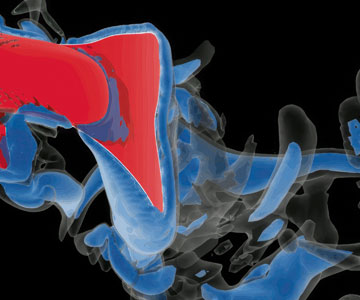
Trout, the target of many river fishing trips, may seem ordinary, but it turns out that they are uniquely specialized for their environment. Trout migrate to spawn, with some species traveling more than 200 kilometers, and new research shows that their bodies have some unrivaled adaptations for efficiency that reduce the energy they use for long-distance swimming.
9. The Call of Science
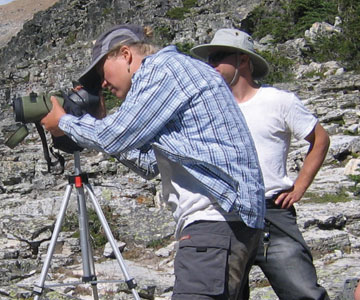
It is a curious thing to be called to a life of science. To the uninitiated, the disciplined practices of researchers may seem mysterious and even odd, like those of an unfamiliar, cloistered, religious sect. Much lab work is done silently; picture hushed chemists at the bench.
8. AI and Responsible Authorship

The use of artificial intelligence in the development of research papers raises the ethical question of whether AI tools should receive coauthor credit.
7. When Ideology Eclipses Science

What role should science and its special virtues play in the life of the state? Aristotle argued that any inquiry into ethics requires consideration of politics, which involves the well-ordering of communities. It is hard to be virtuous, so we need a supportive political structure to flourish. In Politics, he examined different political constitutions, asking which are best in the ideal and in real-world circumstances.
6. Do Swimming Animals Mix the Ocean?
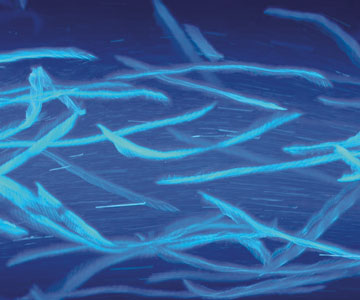
The world’s oceans are in constant motion, transporting the Sun’s heat from the equator to the poles, bringing marine life fresh supplies of oxygen and nutrients, and sequestering nearly half of our carbon dioxide emissions since the Industrial Revolution. Within this dynamic aquatic milieu exists another type of motion: the perpetual teeming of trillions of swimming animals.
5. Rumors Have Rules

Around the time the U.S. government was testing nuclear bombs on Bikini Atoll in the spring of 1954, residents of Bellingham, Washington, inspected their windshields and noticed holes, pits, and other damage. Some blamed vandals, perhaps teenagers with BB guns.
4. Discovering the Urinary Microbiome

For decades, medical students have typically been—and still are—taught that the bladder is sterile, but research over the past 15 years has confirmed what some of us have long suspected: The bladder has a microbiome, a resident community of microbes.
3. Perfume or Noxious Fume?
by Tom McGowan

Coffee. Whether early in the morning or during a late afternoon break, its smell can evoke a sense of relaxation, invigoration, or camaraderie. But too much of a good thing can change your perspective, as I found out while working with a firm that designed an oxidizer for a major urban roaster.
2. Ancient DNA
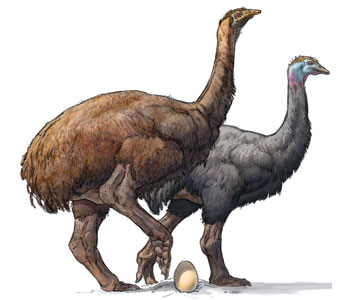
Techniques for recovering genetic material from fossils and other prehistoric samples have led to insights about life millions of years ago, from microbes to mastodons.
1. Deconstructing DNA Beyond the Helix
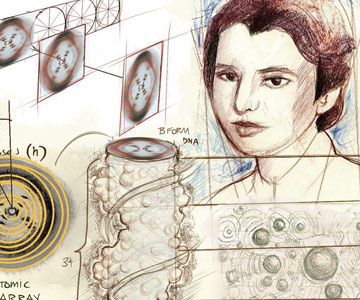
In 1952, British chemist Rosalind Franklin bombarded crystallized DNA with x-rays and recorded how the rays diffracted through the sample. The result was Photo 51, one of the most astonishing and iconic images in science. As the x-rays bounced off different parts of the DNA, they created patterns that captured the shapes within the molecule. To the trained eye, Franklin’s image showed that DNA has a double helix shape, a realization that transformed our understanding of modern biology.
American Scientist Comments and Discussion
To discuss our articles or comment on them, please share them and tag American Scientist on social media platforms. Here are links to our profiles on Twitter, Facebook, and LinkedIn.
If we re-share your post, we will moderate comments/discussion following our comments policy.